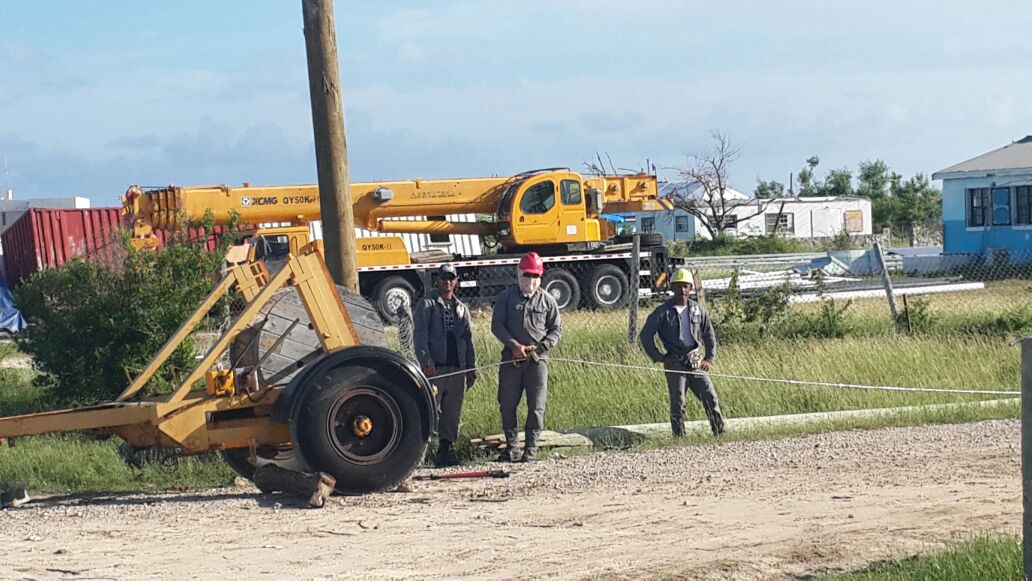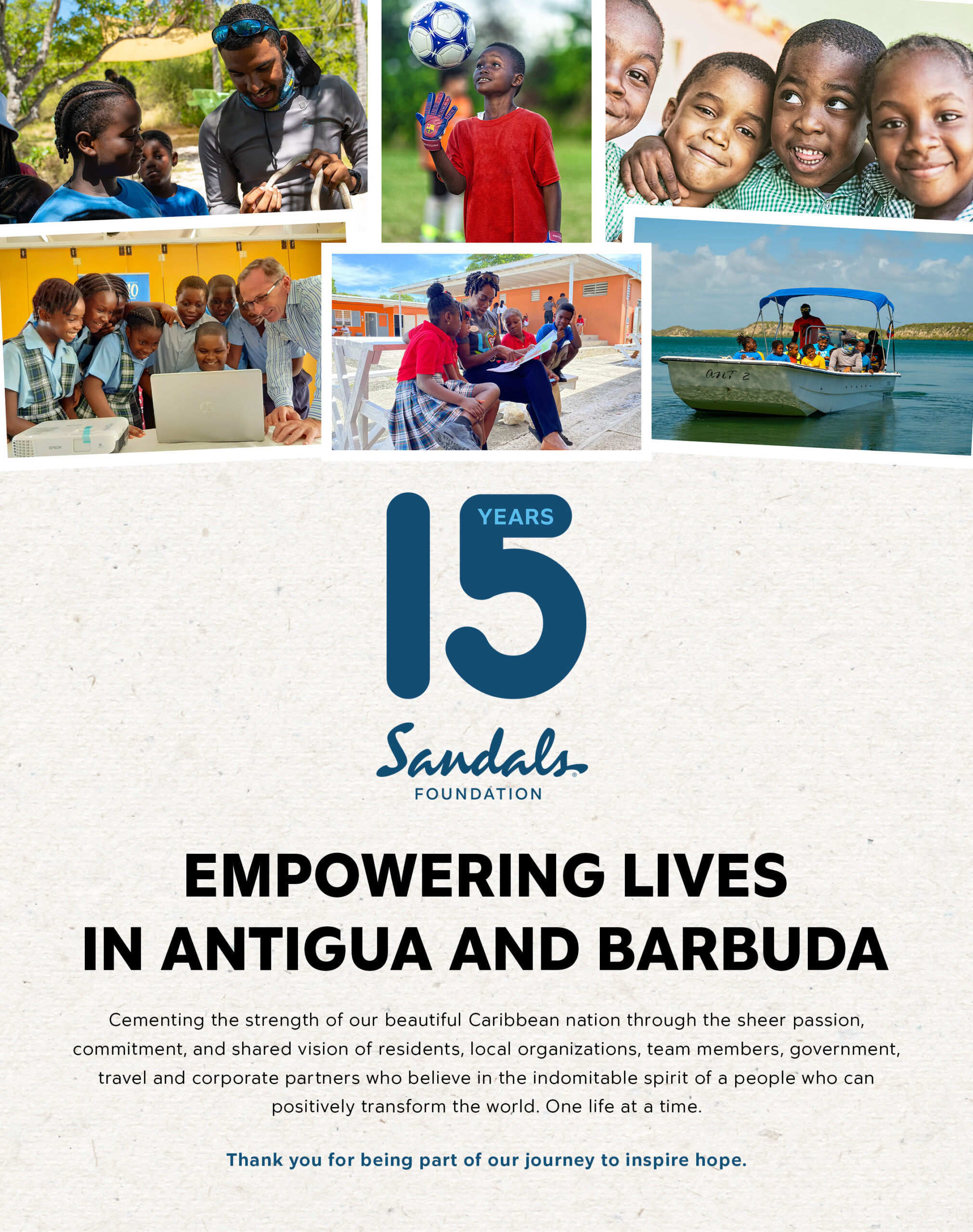
Scientists from the University at Buffalo, New York (UB) and California State University (Cal State) – Northridge have gotten an early look at the damage caused by Hurricanes Maria and Irma, which tore through the Caribbean in September not only wreaking havoc on land but also devastating ocean ecosystems.
Coral reefs off St John, part of the US Virgin Islands, suffered severe injury during the storms, said the scientists who travelled there in late November to assess the damage – the first step in understanding the reefs’ recovery.
 “Some coral colonies lost branches. Others were cloaked in harmful algal growth. Many – weakened by the hurricanes – were left with ghostly, feather-like strands of bacteria hanging off open wounds, where bits of coral had been scraped off,” said UB.
“Some coral colonies lost branches. Others were cloaked in harmful algal growth. Many – weakened by the hurricanes – were left with ghostly, feather-like strands of bacteria hanging off open wounds, where bits of coral had been scraped off,” said UB.
Researchers also observed sites where whole coral colonies, akin to individual trees in a forest, had been swept away by the fury of the storms.
“Hurricanes generate huge waves. The effect is like sandblasting – the waves carry sand and debris, such as bits of broken coral, onto the reefs, striking them over and over again,” said Dr Howard Lasker, professor of geology in the UB College of Arts and Sciences.
UB said Lasker led the research trip with Dr Peter Edmunds, professor of biology at Cal State Northridge.
The team, funded by the US National Science Foundation’s rapid response research programme, spent two weeks aboard the F.G. Walton Smith, the University of Miami (UM) Rosenstiel School of Marine and Atmospheric Science’s research vessel, UB said.
“In shallow waters, what we found certainly lived up to our expectations—holy, moly this was bad news,” said Edmunds, who has spent 31 years studying St John’s reef. “But when we went deeper, it became more nuanced. It was still beautiful. There were corals, sea fans and some fish swimming around.

“Then you would look more closely, and you would see tumbled corals and missing corals in spots where you had seen corals just three months before,” he added.
“There were changes, but there certainly was a tremendous amount still there. I think it’s very encouraging.”
Coral reefs act as habitats for fish and other wildlife, providing food for communities worldwide and generating tourism dollars for seaside economies, UB said.
It said the recent hurricanes in the Caribbean “presented a rare opportunity for Lasker and Edmunds to study how corals recover from disasters – an important line of research in a warming world where rising ocean temperatures are stressing reefs.”
“It’s an interesting natural experiment. You could not, in good conscience, conduct such an experiment on your own as a scientist, and it is sad to see these beautiful places in the ocean damaged so severely.
“But we can learn from this,” he added. “It gives us the chance to better understand the process of recovery,” Lasker said.

UB said corals, often thought of as plant-like, are actually tiny marine animals.
“They build colonies that rise from the ocean floor to form the colorful, whimsical structures that people know as reefs,” it said, adding that, as time goes on, Lasker and Edmunds will study how quickly coral recruits repopulate damaged sites, and whether injured colonies bounce back or die.
Lasker and Edmunds have been researching St John’s reefs for years, UB said, stating that their team has been documenting which coral species live there, and examining photographs dating back to 1987 to determine how the reefs composition has changed.
UB said the focus is on understanding the balance between hard, stony corals, which form the backbone of ocean reefs, and softer, more flexible gorgonian corals—tree-like species that form an underwater forest of sorts, providing habitat for small fish and other aquatic life.
During the recent research trip, UB said the team assessed damage at sites off of St John’s southern coast, in an area that is part of the Virgin Islands National Park. In the coming months and years, the scientists will revisit many of these spots to see how coral communities are—or aren’t—recovering, UB said.
Edmunds said what remains of the St John’s reef is still quite beautiful, populated with an abundance of coral with the ability to reproduce, if given time.
Advertise with the mоѕt vіѕіtеd nеwѕ ѕіtе іn Antigua!
We offer fully customizable and flexible digital marketing packages.
Contact us at [email protected]
















